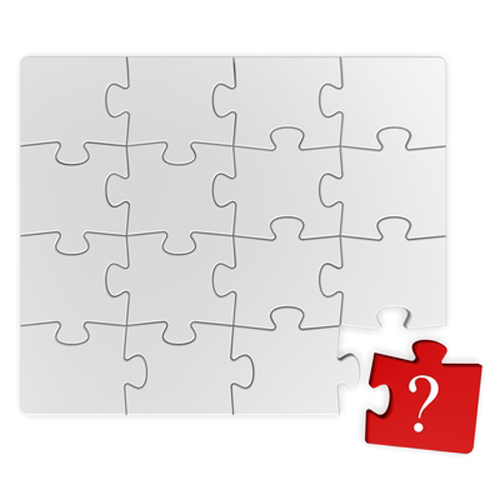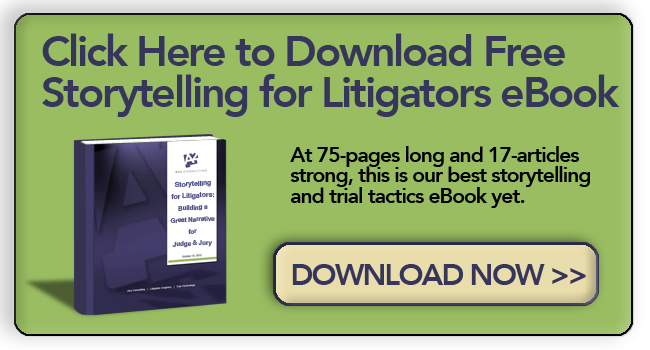As a seasoned trial consultant with years of experience in the courtroom, I have witnessed countless closing arguments that simply failed to connect the dots. The closing argument is a crucial part of the trial process, as it provides the opportunity to tie up all the loose ends and present your case in a compelling and concise manner. A well-crafted closing argument can truly be the difference between winning and losing a case. In this blog post, I will delve deeper into why it is essential to tie up loose ends throughout the trial, starting from the opening statement.
The opening statement is the foundation upon which the entire trial is built. It is your chance to provide the jury with a roadmap of the case, introducing them to the key players and giving them a preview of the evidence that will be presented. A strong opening statement not only captures the jury's attention but also helps them to understand the intricacies of the case. It is important to remember that the opening statement is not evidence in itself, but rather an overview of what the evidence will show.
As the trial progresses, it becomes increasingly critical to keep the jury engaged and focused on the evidence presented. This means consistently tying the evidence back to the themes and arguments presented in the opening statement. It is crucial to highlight the most compelling evidence and explain why it supports your case. Additionally, you must be prepared to address any weaknesses or inconsistencies in your case and provide the jury with a logical explanation.
When it comes to the closing argument, it is paramount that you have tied up all the loose ends from the opening and throughout the trial. The closing argument serves as the final opportunity to summarize the evidence, review the key themes and arguments, and ultimately persuade the jury to rule in your favor. Failing to tie up all the loose ends may leave the jury with unanswered questions or doubts about your case, which can be detrimental to your chances of winning.
A strong closing argument should begin with a clear and concise statement of your theory of the case. Remind the jury of the key themes and arguments presented in the opening statement and throughout the trial. Then, carefully review the evidence and explain how it supports your theory. It is important to highlight the most compelling evidence and demonstrate how it ties in with the key themes and arguments you have presented.
Addressing any weaknesses in your case is equally important in the closing argument. Be prepared to explain any inconsistencies or contradictions in the evidence and anticipate any arguments that the opposing counsel may make. By addressing these weaknesses head-on, you can strengthen your case and build credibility with the jury.
Using visual aids can be an effective technique for tying up loose ends in the closing argument. Consider incorporating a timeline of events, a chart, or a diagram that summarizes the evidence and connects it back to the key themes and arguments. Visual aids can help the jury visualize the evidence and understand how it supports your case, making it more compelling and memorable.
Another powerful technique is storytelling. By creating a narrative that ties together the evidence and explains how it supports your theory of the case, you can engage the jury on an emotional level. A well-told story can be a persuasive tool that helps the jury truly understand the significance of the evidence and its implications.
Closing arguments play a pivotal role in tying up all the loose ends from the opening and throughout the trial. A well-crafted closing argument is essential to winning a case. Consistently tying the evidence back to the key themes and arguments presented in the opening statement, addressing weaknesses in your case, and utilizing visual aids and storytelling techniques can greatly enhance the effectiveness of your closing argument. Remember, the closing argument is your final opportunity to persuade the jury to rule in your favor. Make sure you use it wisely and leave no loose ends untied.
Other resources and articles on A2L Consulting's site related to closing argument and storytelling:
- Free Download: Storytelling for Litigators
- How to structure and opening statement, closing argument or presentation
- Analysis of the Jodi Arias expert witnesses and a discussion of the importance of witness preparation and why do televised criminal trials get so much attention?
- How litigation consultants and jury consultants help with closing arguments






Leave a Comment